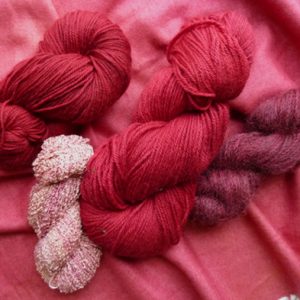Earth Day is April 22
1969, the Cuyahoga River in Cleveland caught fire. Although it wasn’t the first time the river burned, it became the symbol of the desperate condition of American waterways choked by pollution and spurred the passage of the Clean Water Act. A year later, 20 million Americans rallied on April 22 – the first Earth Day and the birth of the present day environmental movement. 42 years later, the environmental challenges are great, but we have many opportunities to take action. Here is the statement from the Earth Day website For Earth Day 2012 we are mobilizing the planet simply to … Read more



